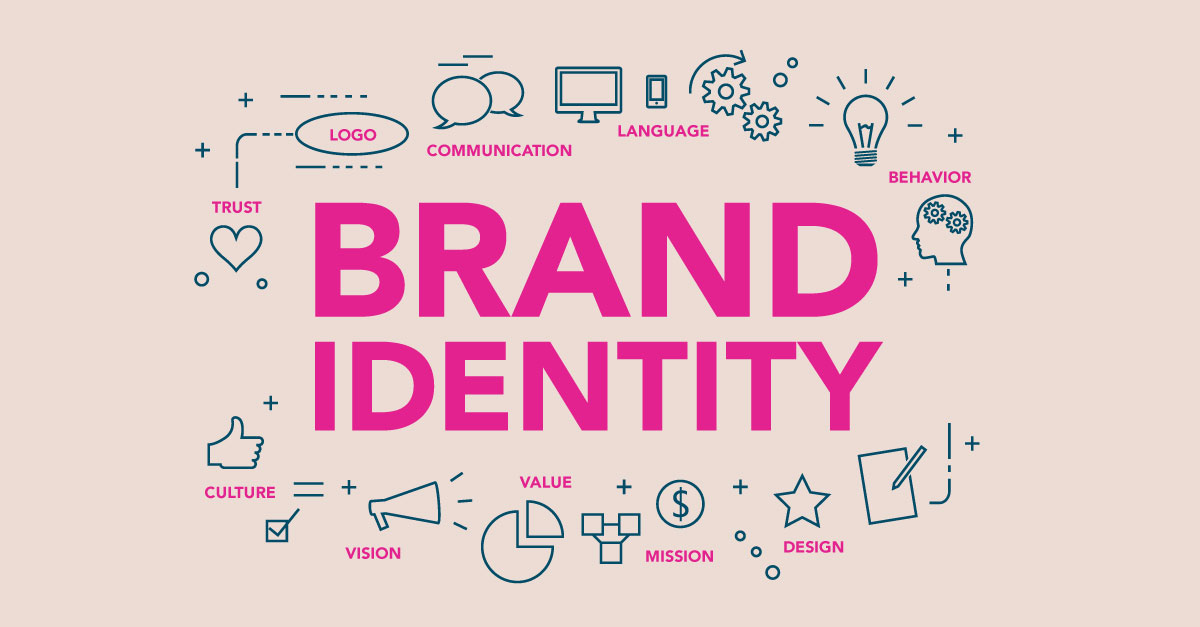Brand Identity

Brand identity refers to the visual, verbal, and symbolic elements that a company uses to represent its brand to the world. It encompasses the various components that contribute to how a brand presents itself to its audience, communicates its values, and distinguishes itself from competitors. Brand identity plays a crucial role in creating a recognizable and memorable brand presence in the market.
Key components of brand identity include:
-
Logo:
- The logo is a visual representation of the brand and is often the most recognizable element. It typically includes symbols, typography, and colors that are unique to the brand.
-
Color Palette:
- Colors convey emotions and associations. A consistent color palette helps create a cohesive and recognizable brand identity. Brands often have primary and secondary colors associated with their visual identity.
-
Typography:
- The choice of fonts and typography contributes to the brand's personality and style. Consistent use of specific fonts helps create a unified brand image.
-
Taglines and Slogans:
- Memorable taglines or slogans can encapsulate the brand's essence and communicate key messages. They serve as concise statements that resonate with the brand's positioning.
-
Visual Elements and Imagery:
- Consistent use of visual elements, such as photography style, illustrations, or graphic elements, contributes to the overall brand identity. These elements help convey a specific mood or tone.
-
Voice and Tone:
- The brand's voice and tone in written communication (such as website content, marketing materials, and social media) reflect its personality. Whether the brand is formal, friendly, or humorous, the voice should align with the brand identity.
-
Packaging Design:
- For products, packaging design is a critical aspect of brand identity. It involves the visual elements, colors, and design choices that make the product visually appealing and recognizable on the shelf.
-
Website and Digital Presence:
- The design and user interface of a brand's website, as well as its overall digital presence, contribute to its identity. Consistency across online platforms helps reinforce the brand's image.
-
Brand Guidelines:
- Brand guidelines are documents that provide clear instructions on how to use and apply the various elements of the brand identity consistently. They ensure that all communication aligns with the brand's visual and verbal standards.
-
Sound and Music:
- Some brands incorporate specific sounds or music that become associated with their identity. This can include jingles, theme music, or even specific sounds associated with products.
A strong and well-defined brand identity helps create a unified and memorable brand image, making it easier for consumers to recognize and connect with the brand. Consistency across these elements is key to building trust and fostering brand loyalty. Brand identity is not static and may evolve over time to adapt to changes in the market, consumer preferences, or the brand's strategic direction.
Thank you,
